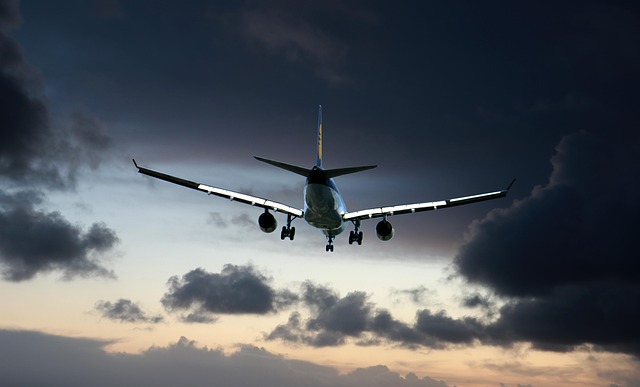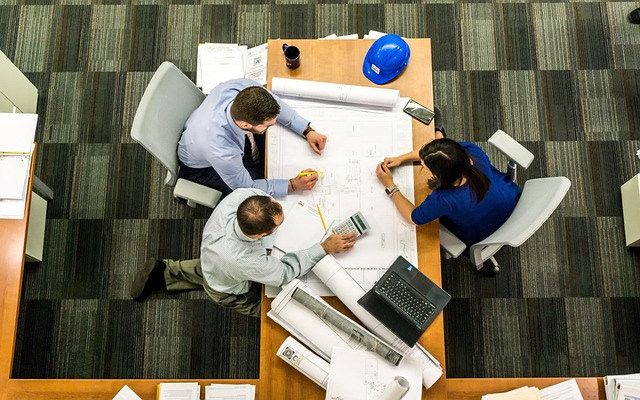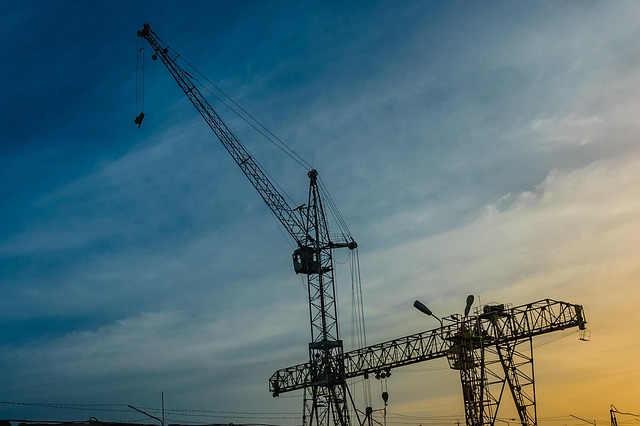Unlocking Transport Sustainability: The Role of Traffic Calculation in Rural Development
In our ever-evolving world, the drive for transport sustainability has become a key conversation across various sectors. One area that often struggles under the weight of modern demands is rural development, where access to reliable transportation means everything. To bridge the gap between urban conveniences and rural reality, effective traffic calculation emerges as a fundamental tool that can reshape not only roads but entire communities.
Transport sustainability is about creating systems that meet current needs without compromising the ability of future generations to meet theirs. In rural settings, where population density is lower and resources are often scarce, the importance of sustainable transport cannot be overstated. Here, a well-calibrated approach to traffic calculation can lead to better road designs, optimized route planning, and more efficient use of existing infrastructure.
Consider the simple act of commuting. For rural dwellers, slow or inefficient transportation can equate to lost opportunities—jobs, education, healthcare—each requiring a reliable means of travel. By leveraging traffic calculation, planners can analyze current traffic patterns, predict future demands, and identify the areas in dire need of improvement. A data-driven analysis can reveal not just how people currently move, but also how they wish to move, thereby guiding the development of infrastructure that truly serves the community.
Moreover, traffic calculations enable rural areas to integrate sustainable practices such as carpooling, public transport systems, and even cycling paths. When communities understand their traffic dynamics, they can promote alternatives to single-occupancy vehicles, thus reducing emissions and promoting healthier lifestyles. Imagine a rural town where children can bicycle safely to school, or where families can share rides to the city, all supported by thoughtful traffic calculation.
Implementing these strategies requires collaboration between local governments, urban planners, and the communities they serve. Engaging rural citizens in the traffic calculation process not only fosters trust but also encourages cooperation in proposed changes. When locals participate in shaping their transport landscape, the projects are more likely to gain traction and achieve long-term success.
The transition toward enhanced transport sustainability in rural development is not merely a technical challenge; it is a chance to uplift entire communities. As rural populations continue to face the unique challenges of remoteness and sparse infrastructure, the role of traffic calculation becomes increasingly clear. It is not just about numbers and charts; it’s about the lives of individuals, families, and entire towns. By focusing on exact data, sustainable transport solutions can lead to transformative outcomes.
In summary, the intersection of traffic calculation, transport sustainability, and rural development presents an incredible opportunity to redefine how we connect, travel, and thrive in less populated areas. Through conscious efforts and effective strategies, we can ensure that these regions flourish, integrating sustainability at every junction. The road ahead may be challenging, but with the right calculations, the path is illuminated for a brighter, more connected future.




